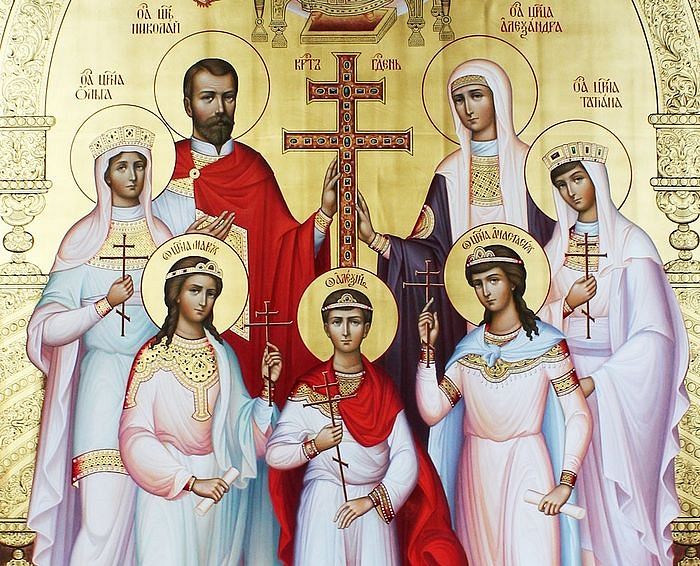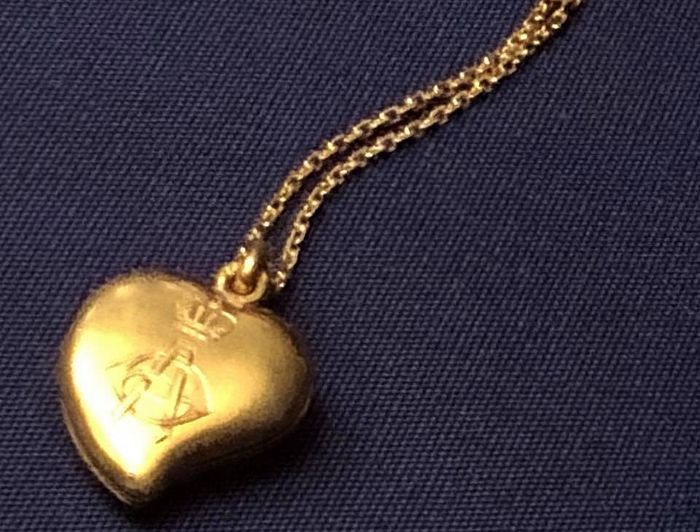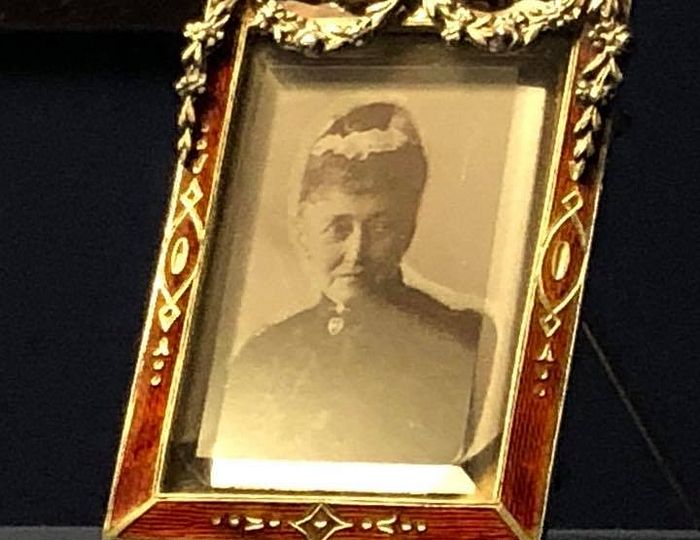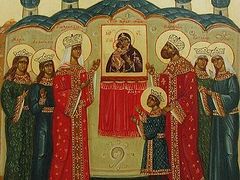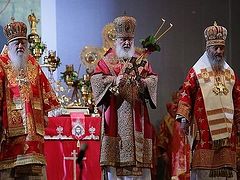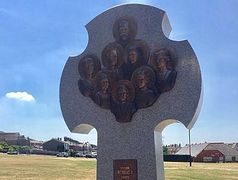Washington, D.C., July 25, 2018
According to the Russian Investigative Committee, the complex of more than 35 scientific examinations on the remains found near Ekaterinburg, believed to belong to Tsar Nicholas II and his martyred family, have confirmed that the remains do belong to the Royal Martyrs
The Russian Church is paying close attention to the examinations and taking the experts’ words into consideration, but is proceeding carefully on the question of whether to officially recognize the remains. While the experts can offer valuable information, if the remains are legitimate, they are therefore holy relics, and thus it is first and foremost a spiritual question for the Church, in which there can be no room for doubt.
As Russian Faith reports, new DNA evidence has surfaced, in America of all places.
A major announcement was made at the opening of the “Last Days of the Last Tsar” exhibition on July 17, the feast of the Royal Martyrs, at the Russian History Foundation Museum at Holy Trinity Monastery (Russian Orthodox Church Outside of Russia) in Jordanville, New York, when Nicholas Nicholson, a Russian art scholar and antique expert, revealed that two Fabergé items had surfaced that had belonged to the Royal Family and contained two locks of hair.
As Time reports, Nicholson is the Senior Vice President of the Philadelphia auction house Freeman’s and a Fabergé expert who had met a private collector who owned a Fabergé locket containing a photograph of Tsaritsa Alexandra and a lock of her hair and a Fabergé photograph frame with a picture of Queen Louise of Denmark, Tsar Nicholas II’s grandmother, also with a lock of her hair.
Nicholson contacted Peter Sarandinaki, the president of the SEARCH Foundation that oversaw the discovery of the remains believed to belong to Tsarevich Alexei and Grand Duchess Maria in 2007. Sarandinaki sent the samples to the FBI, where they were checked against DNA on file from the original round of tests on the remains in the 1990s.
Time reports:
The DNA extracted from the hair in the locket turned out to be the perfect match for the female line Mitochondrial DNA for Tsaritsa Alexandra, and also checked correctly against the DNA on file from Prince Philip, another distant relation who had donated samples for the first DNA tests in the 1990s. The DNA extracted from the photograph frame material also proved to be the correct female line mitochondrial DNA for Tsar Nicholas.
In short, as confirmed by a Justice Department report released in June, all of the DNA from the two samples perfectly matches the already long-published DNA sequence of the remains found in the Koptyaki forest. This information has been submitted to the Patriarch, and the Commission on the Imperial Remains.
Meanwhile, the Fabergé items and many others are on display until March 8, 2019 at the Jordanville Museum.
***
A grave with nine bodies was found on Staraya Koptyakovskaya Road near Ekaterinburg in July 1991. The remains were identified as those of Emperor Nicholas II, his 46-year-old wife Alexandra Fyodorovna, their daughters Olga, 22, Tatiana, 21, and Anastasia, 17, and their servants Eugene Botkin, 53, Anna Demidova, 40, Alexei Trupp, 62, and Ivan Kharitonov, 48.
Members of the imperial family were buried at a sepulcher of the Peter and Paul Cathedral in St. Petersburg.
The remains of two more people were discovered during archaeological excavation works 70 meters south of the first grave on July 26, 2007. The remains have still not been buried, but numerous expert analyses indicate that the remains were most likely those of Tsarevich Alexei and his sister Maria
Follow us on Facebook!

